Isles of Scilly
Found 28 miles off Land’s End in Cornwall, the Isles of Scilly feel a world away from the rest of England. This idyllic archipelago of 140 tiny islands is distinguished by its outstanding natural beauty and sense of seclusion, heathland, cliffs, subtropical plant-life and white sand beaches. Either bathed in warm sun or battered by Atlantic storms, the islands are compelling in all elements year-round. Five inhabited islands—St Mary’s, Tresco, St Martin’s, Bryher and St Agnes—lie among the archipelago’s many wild islets, with boats ferrying islanders between them throughout the day. Fly out to St Mary’s or Tresco on the new helicopter service from Penzance then base yourself at one of the beach houses or small locally run hotels tucked into these islands’ coastlines. Stay on Tresco to cycle between its harbour, empty beaches and verdant subtropical gardens then explore the neighbouring island Bryher’s cliff-top walks, windswept shores and outlets of local producers. And spend a day wandering between St Martin’s artisanal shops, vineyard, new state-of-the-art observatory and recently launched distillery celebrating centuries of island life, SD Dogs. The islands’ food festival Taste of Scilly takes place each September and 2021 will see the first ever Scilly Isles Dark Skies Week.




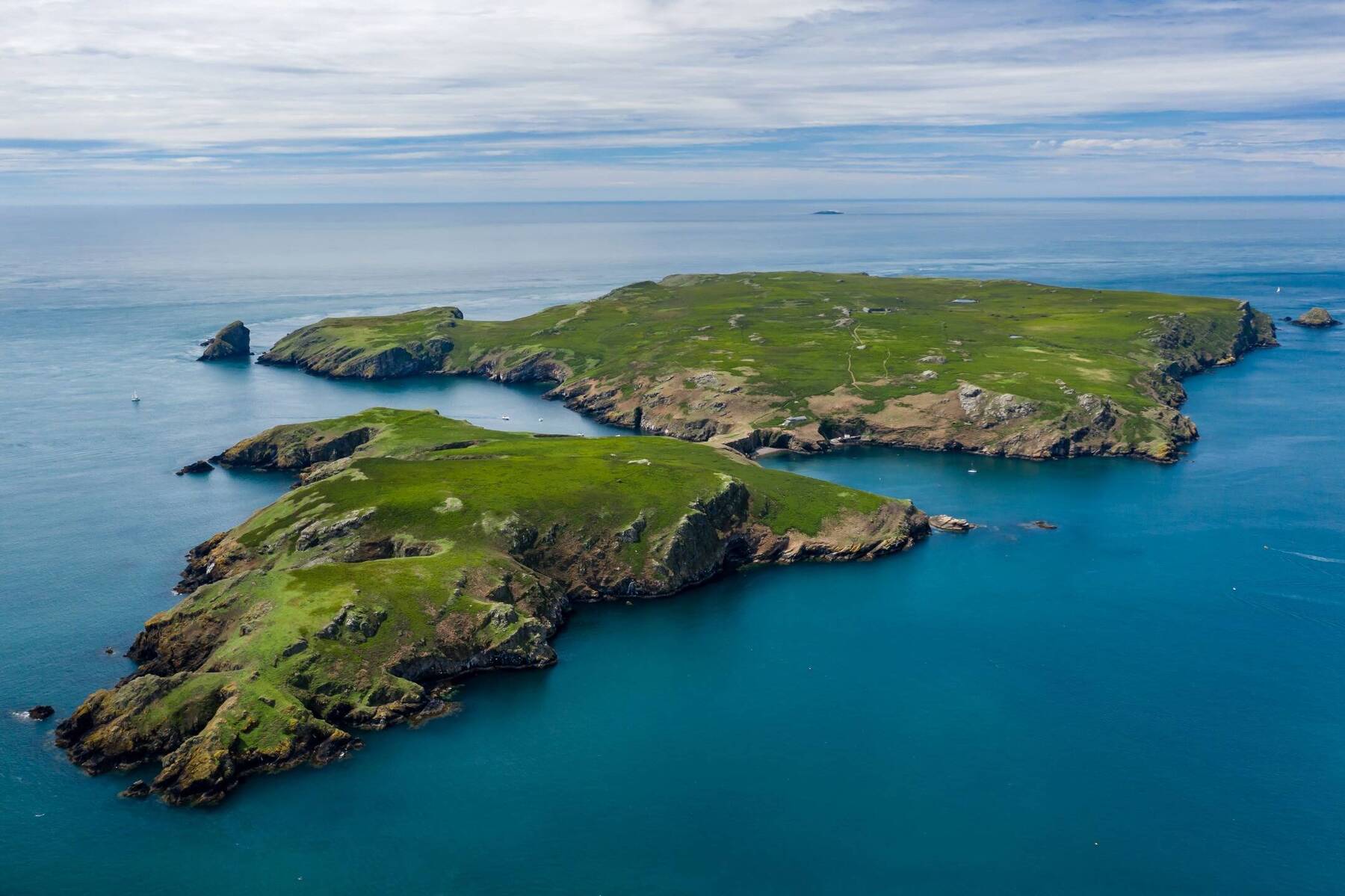
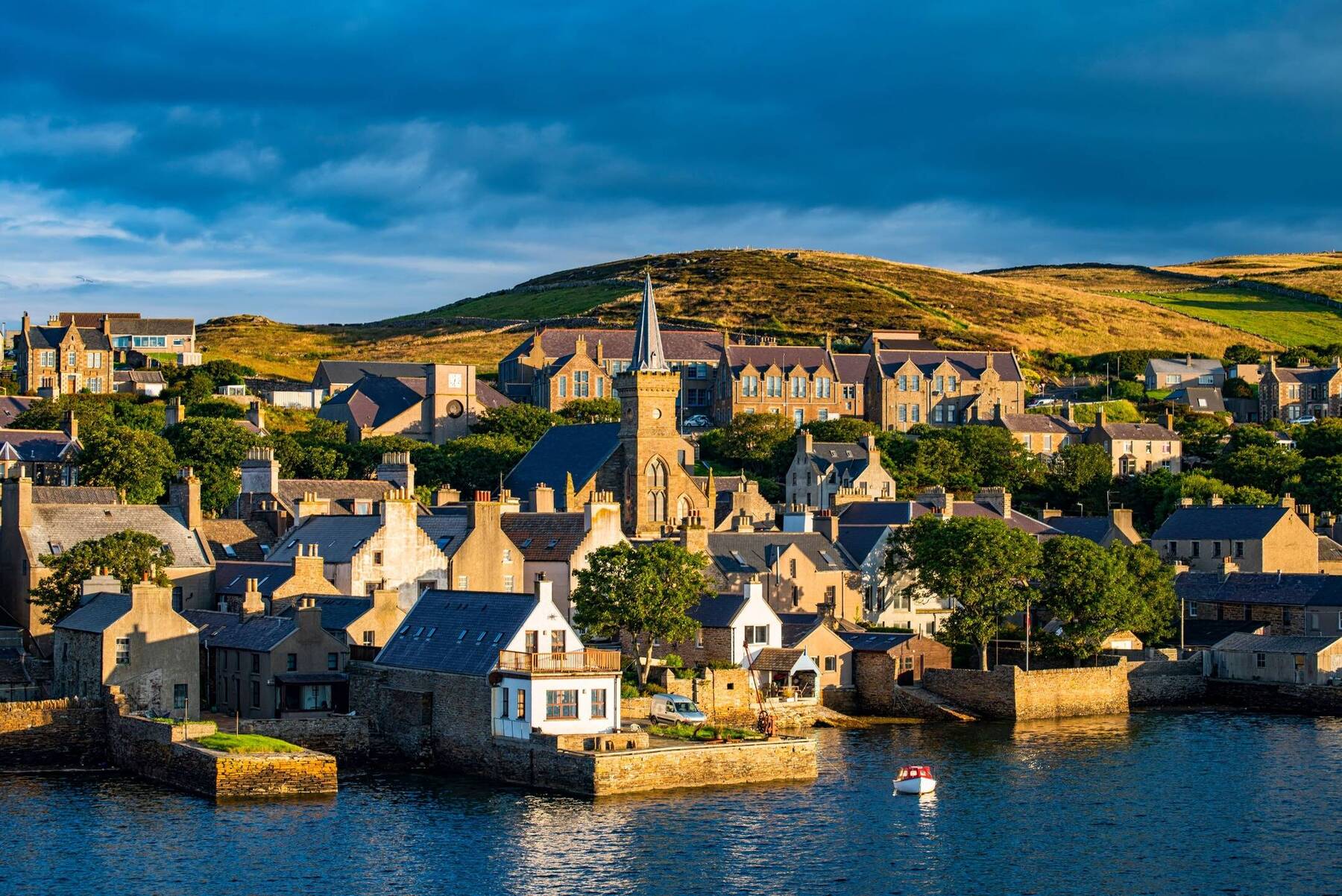
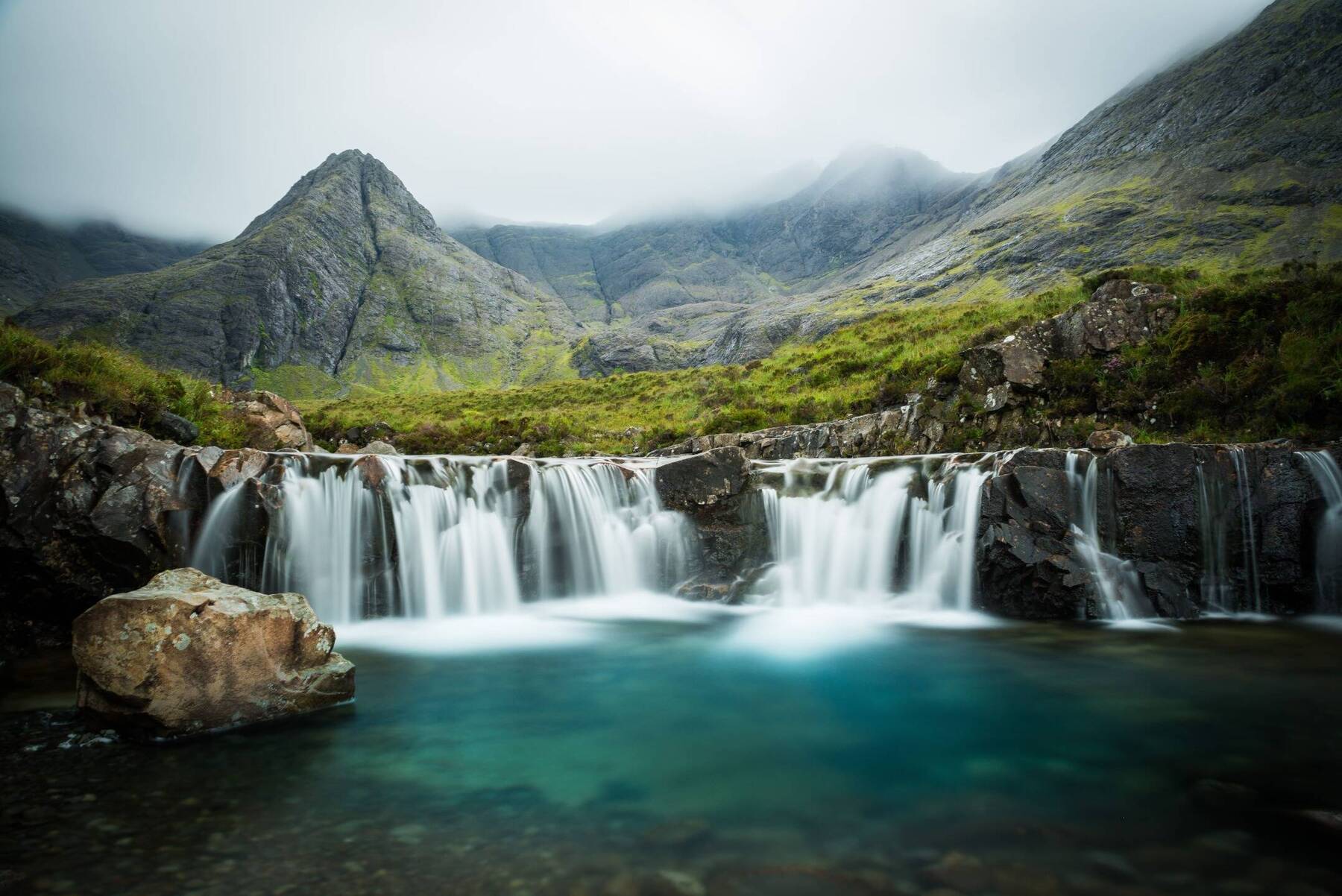
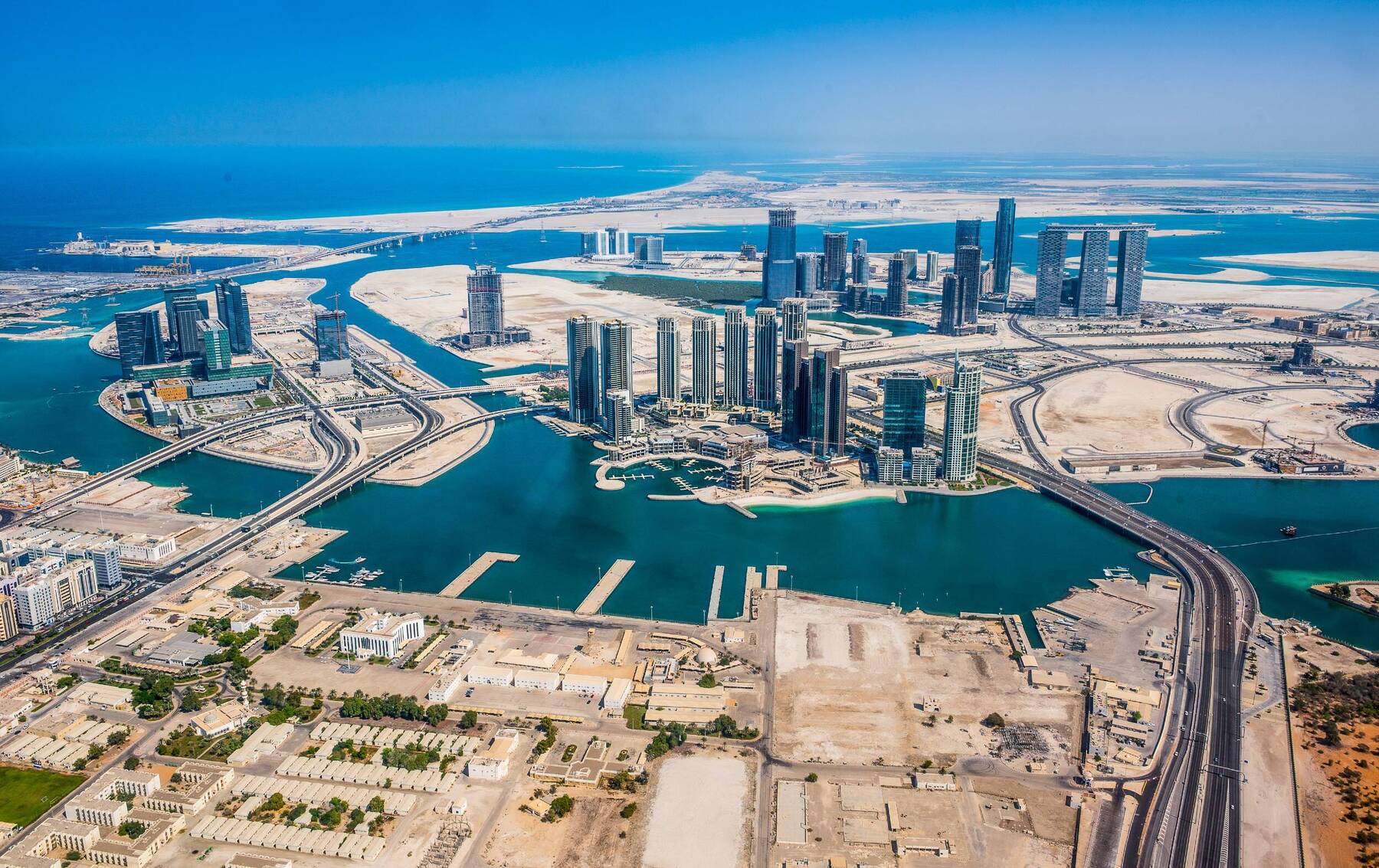

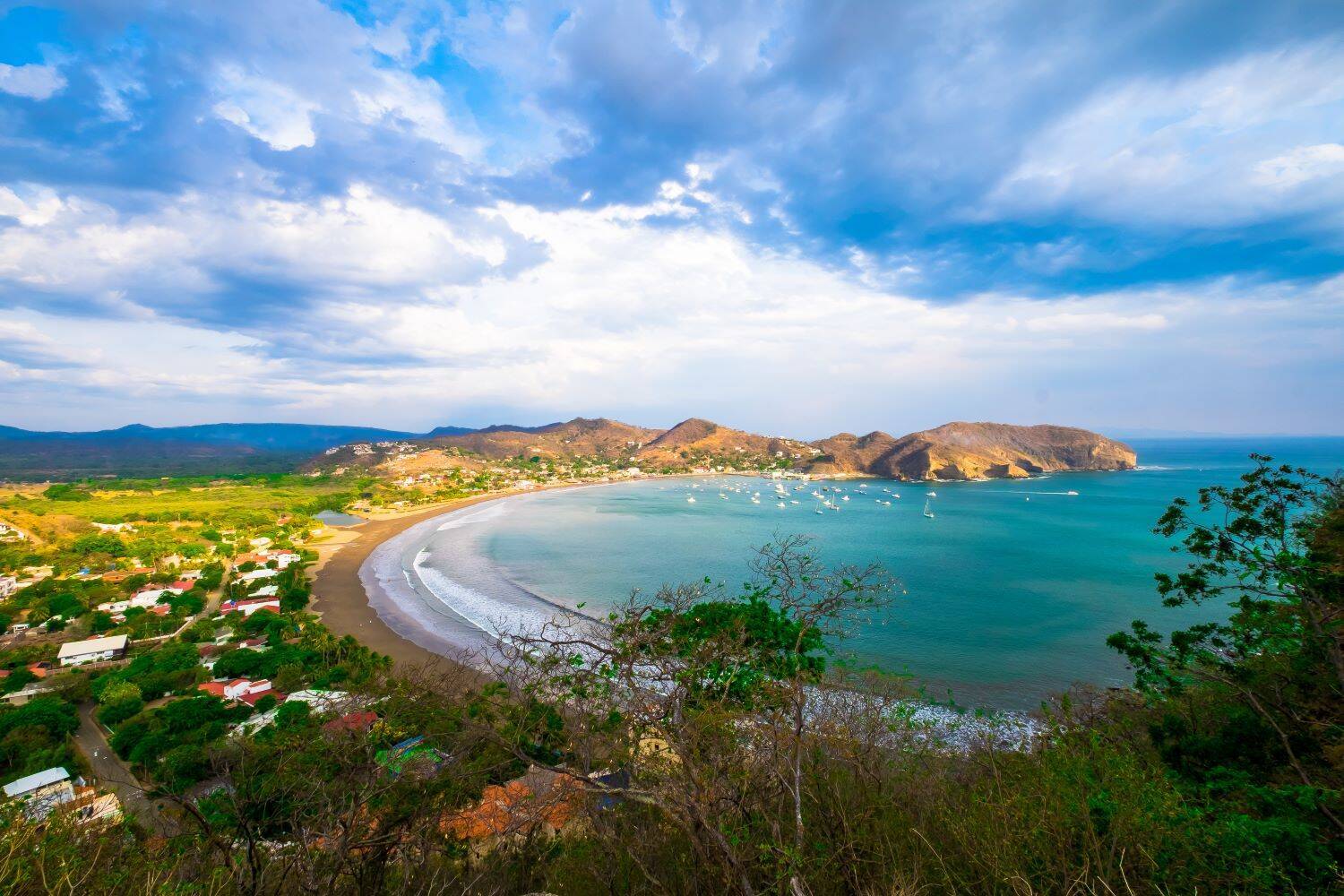




Comments